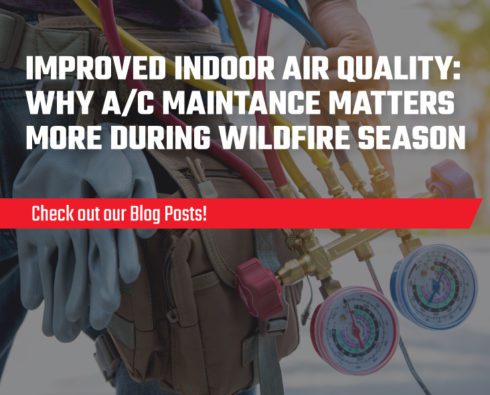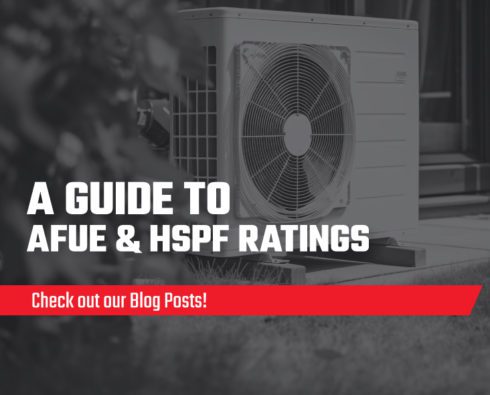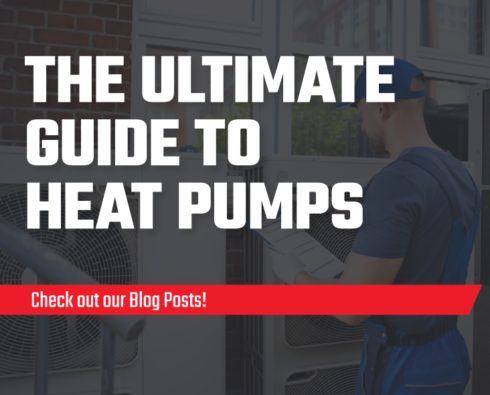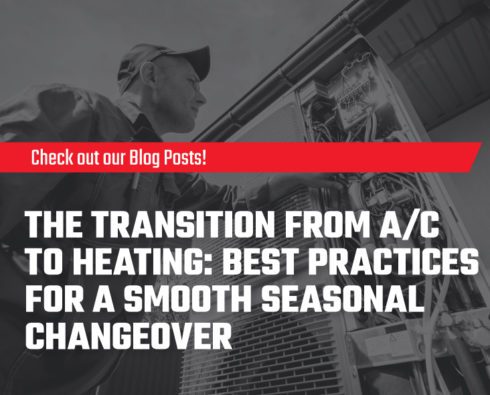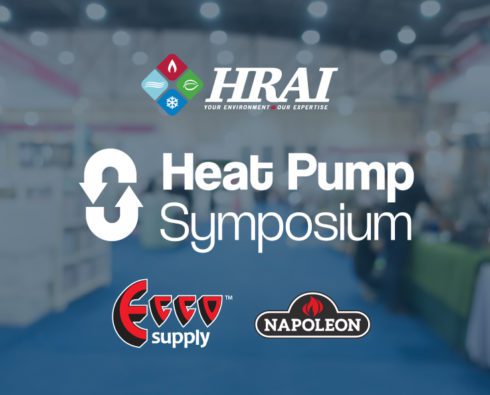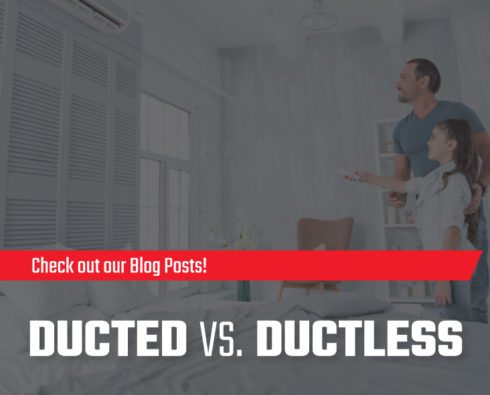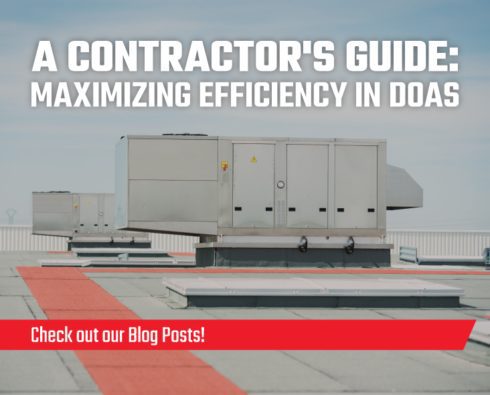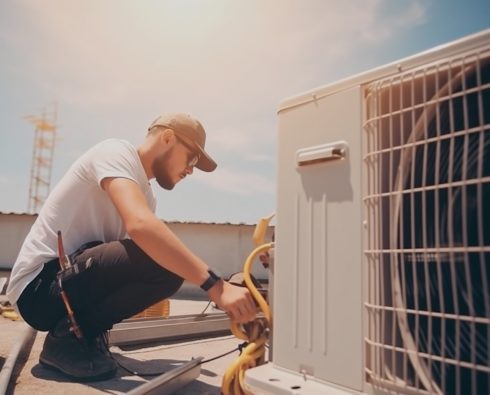
Furnace Features that Homeowners Love
When a homeowner needs a new furnace, it can be easy to sell them what you’re most familiar with—the brands you trust, the models you know inside and out. Likewise, it can be tempting to keep your sales pitch ultra simple by laying out for them fundamental differences between units, such as cost and capacity, then calling it a day.
Most of the time, that might be all it takes to close a sale and move on to scheduling a site visit for installation. After all, if someone is looking for a new furnace, then nine times out of ten, it’s because their current one is broken, and they’re motivated to solve the problem.
But this is also a prime opportunity to educate homeowners on features found on more advanced furnaces. By outlining the benefits of these features, you might start upselling a few more clients and boosting your bottom line.
Burner types
There are three main types of burners and they each come with their own pros and cons. Single-stage burners are the most basic, and operate like an on/off switch. They’re either fully on or off, which leads to more fluctuations in temperature and comfort.
Dual-stage or two-stage furnaces offer a little more control and consistency. On milder days they can run on one burner and on colder days they can go full blast with two burners.
The third—and most advanced—type of burner is a fully modulating one. These furnaces adjust their flame size and heating capacity in response to the demand. The modulation range can be between 40-100%, which means the furnace can operate at a lower capacity on mild days and ramp up to a higher degree on extra chilly ones.
This more precise temperature control means fully modulating gas valve furnaces are highly efficient and can lead to significant energy savings monthly and yearly. For example, the Armstrong A97-MV furnace has a fully modulating gas valve, which helps it achieve an AFUE efficiency rating of 97%. Bottom line? That means more money left in a homeowner’s pocket every time they pay their heating bill.
Blower technology
Like burners, the type of blower a furnace is equipped with goes a long way to affecting how efficient and effective it is at keeping a home’s temperature consistent.
Single- and multi-speed blowers are found in low- to mid-range models that offer little (or next to little) control. More advanced furnaces, such as Napoleon 9700 and 9600 series models, come equipped with variable-speed blowers that are capable of incremental adjustments. Not only does this let end users fine-tune the furnace to maximize their comfort, it’s also much more efficient as the furnace doesn’t have to run at full speed when on—instead it can make subtle adjustments as needed.
Secondary heat exchangers
While most furnaces have a single heat exchanger that transfers heat from burning fuel to the air circulating through the home, condensing furnaces have a secondary heat exchanger that captures heat exhaust from the primary exchanger.
Instead of venting that heat exhaust outside, furnaces with secondary heat exchangers use that additional heat to reach a high-efficiency level. How high? Furnaces with secondary heat exchangers can achieve AFUE (Annual Fuel Utilization Efficiency) ratings of over 90%. This means reduced energy wastage and substantial savings on energy bills. Armstrong A97-MV and A96-MV furnaces come with secondary heat exchangers, and have AFUE ratings of 97% and 96%.
Electronic ignition systems
Electronic ignition systems aren’t an advanced feature. They’re more common in modern furnaces than pilot lights. That doesn’t mean they can’t still be an upsell feature.
Many homeowners might think the difference between a furnace with an electronic ignition system and one with a pilot light is small or insignificant. Helping them understand the difference could be why a customer opts for a slightly more expensive unit.
To a homeowner, the lack of a constant or always-burning pilot light means no continuous gas consumption, which means incremental energy savings and money in their pocket at bill time. Secondly, electronic ignition systems are generally safer as they lower the risk of gas leaks and accidental combustion. Lastly, because electronic ignition systems aren’t always on, they help reduce the wear and tear on a furnace, increasing its longevity.
Silent operation
Furnaces, by nature, are noisy machines, but they’re getting quieter—especially if you’re willing to pay a little extra. Different makes and models offer varying degrees of noise reduction, and some claim to be more than 50% quieter than competitors. Furnaces that claim silent or quiet operation tend to have more insulation, sealed combustion chambers, and variable-speed fans.
The value of a quieter furnace will differ from homeowner to homeowner. For instance, a quieter or nearly silent operation would be a welcome feature for a family with in-laws living in a renovated basement suite where the furnace is located.
Informing instead of upselling
Knowing how to discuss a few key features often found in more advanced furnaces is a powerful sales tool. By educating homeowners about the benefits of technology like modulating gas valves and secondary heat exchangers, upselling becomes less about pushing a pricier option and more about adding real value to the homeowner’s investment.


